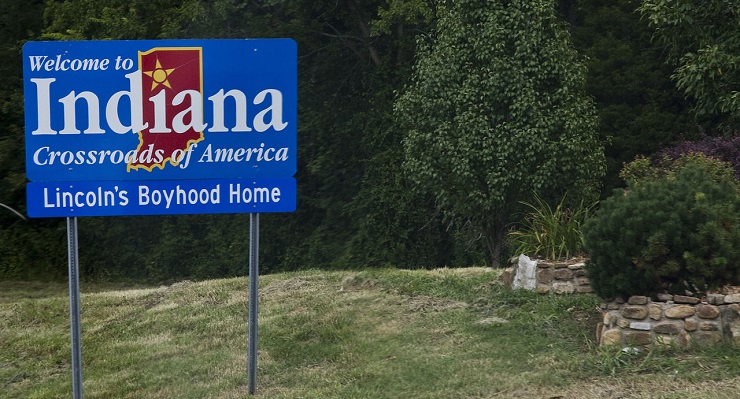 Christopher Brandon Harris, Marilyn Moran-Townsend and Ranjan Rohatgi had this article in South Bend Tribune. Here is an excerpt:
Christopher Brandon Harris, Marilyn Moran-Townsend and Ranjan Rohatgi had this article in South Bend Tribune. Here is an excerpt:
Every 10 years post-census enumeration, each state redraws its districts for both the U.S. House of Representatives and its state legislature based on changes in the state’s population. As members of the Indiana Citizens Redistricting Commission, we aim to show Hoosiers how the process can work.
Of the three writers of this op-ed, Marilyn Moran-Townsend is a Republican member of the commission, Ranjan Rohatgi is a Democratic member and Christopher Harris is unaffiliated with either of the two major parties. We are invested in ensuring all Hoosiers’ voices are heard in our democracy and have already held 10 public hearings to collect input from concerned Indiana voters. Once the 2020 census data is available, our multi-partisan commission will solicit proposed redistricting maps from Hoosiers, evaluate them according to testimony from public hearings and then present the best maps, which must earn approval from Republican, Democratic and unaffiliated members of the commission, to the Indiana General Assembly for use in redrawing our districts.
We serve on the Indiana Citizens Redistricting Commission to protect the important role of voters in our democracy and look forward to recommending maps with multipartisan support to the Indiana General Assembly. Currently, Indiana is one of 34 states that gives control of the redistricting process to the state legislature. This setup creates a clear conflict of interest, especially in states with a one-party supermajority: State senators and representatives are responsible for drawing their own districts and those of their political allies and foes.
Read the full article here. Also see related Democracy Chronicles articles like those on Redistricting, Election History, or even seen our section on American Democracy.
Leave a Reply